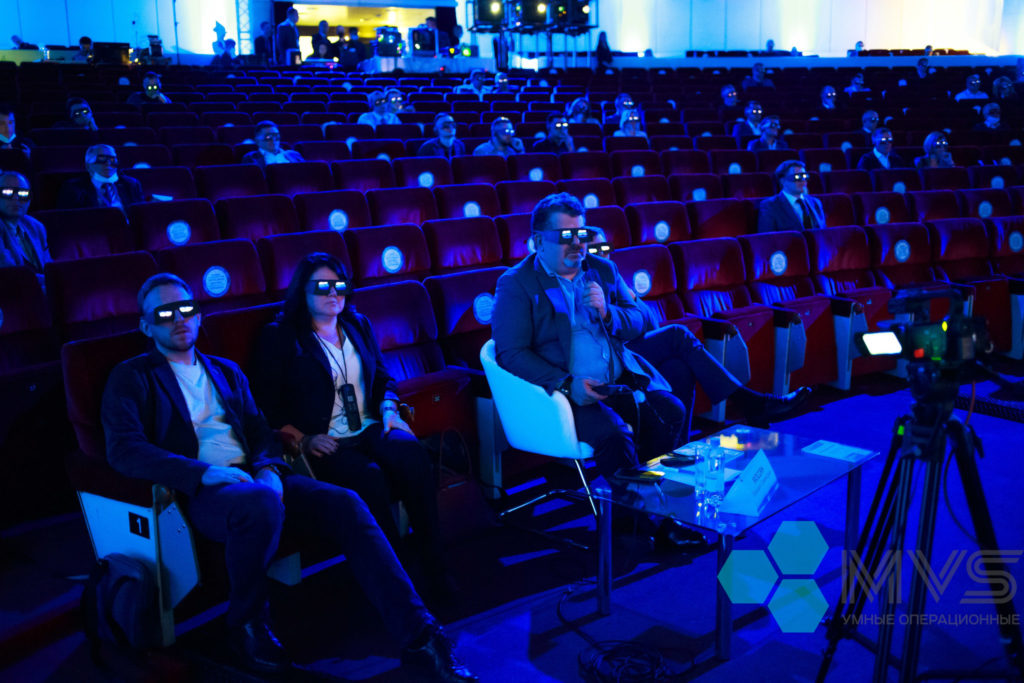With the development of telemedicine technologies, the opportunities for sharing experiences and learning have reached a fundamentally new level. Doctors and students can virtually attend surgical operations of any complexity.
Today, what is happening in the operating room can be observed from conference rooms during medical conferences, from home computers, and even from smartphone screens, wherever you are.
Thanks to live surgery, each observer gets the opportunity to:
- participate in the surgical process as an observer;
- ask surgeons questions during the operation;
- see all stages of operations.
Thanks to the 4K video streams, we can clearly see the operated area. The ability to zoom in (to make it closer) image fragments without significant loss of quality allows you to consider all the details.

Operations in 3D format create the effect of full presence. In Russia, such a technology for conducting operations appeared in 2016. 3D glasses allow operating surgeons (as well as their colleagues sitting at a medical conference in the hall) to see what is happening in volume.
When equipping operating rooms with video cameras, the organizers are forced to resort to non-standard actions, since cameras, wires, power supplies should not interfere with the regular operation of medical equipment. It is often necessary to come up with new ways to receive and transmit X-ray images and images from endoscopes, ultrasound and X-ray machines, as well as from a nurse’s computer and special video cameras.
Usually, a separate table is set up in the operating room for a technician with a PC. Video signals from all sources come to the PC, then the video stream is processed and transmitted via the Internet to conference rooms.
Free space in the operating rooms is strictly limited, and the presence of an extra person at the table and a bunch of wires stretching across the floor to the endoscopic racks (if we are talking about minimally invasive surgery) create discomfort. Both the operating team and the technical specialist are inconvenienced. In addition, if several operations are performed simultaneously, then the technical partner needs to send not one, but several technical specialists to the clinic – one for each operating room.
The MVS Smart Operating Room makes it possible to simplify the work of preparing for the conference due to the regular “capture” of video stream from all video sources and their transfer to a single server, from which they are transmitted further in raw form. The data can also be processed and stored on the server, depending on the task.


As a result, during the conference, the workplace of a technical specialist (one person is enough) is equipped in a separate room (not an operating room) next to the server room, all signals from all sources are centrally “picked up” from the server in real time and transmitted over the Internet to the conference room.
You can “take” images from multiple video sources from multiple operating rooms directly to one PC with a large number of inputs. For example, a PC has 8 inputs, and two operating rooms each have 4 sources. All equipment with SDI outputs enters the technical partner’s PC without delay, and equipment with other types of outputs has a minimal delay, which practically does not affect the video stream speed.
Once again, let’s list all the advantages of the MVS Smart Operating Room for organizing video streams of operations compared to conventional operating systems:
- saves time preparing for the conference — on the part of the technical partner, various signal converters are not needed for the equipment that is planned to be used during the operation;
- budget is saved — in the case of several simultaneous video streams, the technical partner needs only one specialist servicing one PC;
- comfort and convenience for everyone — the technical specialist is located outside the operating room and does not interfere with the operating team;
- simultaneous online video streams and recording of the operation — all data is saved to the server without additional load on the hardware.





